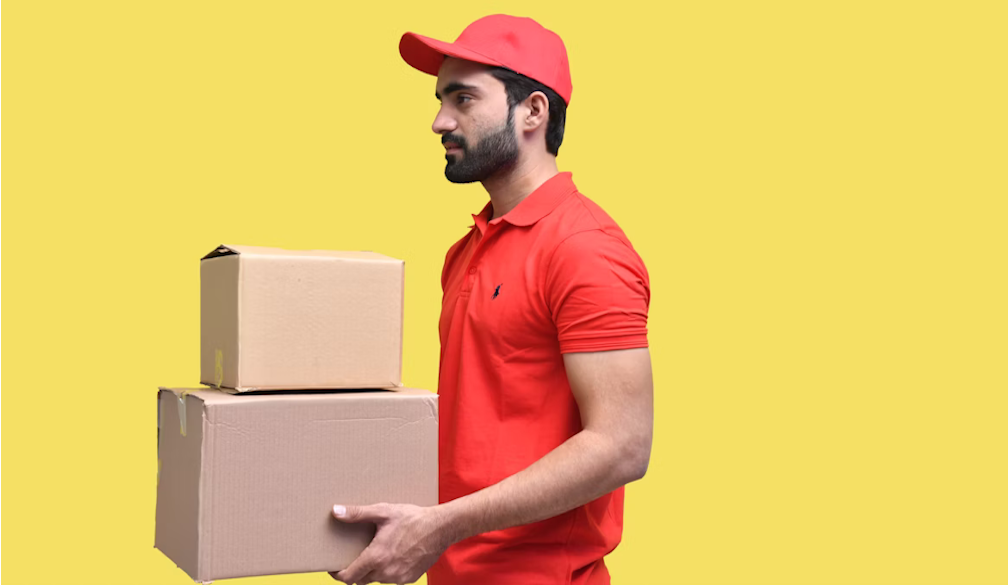Everything You Need to Know About Shipping Boxes

Shipping boxes are one of the most fundamental elements in the world of packaging and logistics. Whether you run a small e-commerce business or manage large-scale distribution, understanding the role and importance of shipping boxes can help you improve your packaging strategy, reduce costs, and enhance customer satisfaction.
Why Shipping Boxes Are Vital for Your Business
At its core, a shipping box serves to protect products during transit. It acts as a barrier against physical damage, moisture, dust, and tampering. Without the right shipping box, even the highest-quality product can arrive damaged, leading to unhappy customers and costly returns. Using the correct type and size of shipping boxes ensures your products reach their destination safely, which builds trust and enhances your brand’s reputation.
Beyond protection, shipping boxes play a key role in branding. Custom-printed boxes can elevate the unboxing experience and leave a lasting impression on customers. In today’s competitive marketplace, packaging is often the first physical interaction a customer has with your brand. Thoughtful, well-designed shipping boxes convey professionalism and care, encouraging repeat business.
Different Types of Shipping Boxes
Shipping boxes come in various shapes, sizes, and materials to suit different needs. The most common material is corrugated cardboard, known for its strength and lightweight nature. Corrugated boxes feature fluted layers between flat liners, providing excellent cushioning and impact resistance.
Single-wall boxes are suitable for lightweight items, while double-wall and triple-wall boxes offer added durability for heavier or fragile products. Choosing the right box strength depends on your product’s weight and fragility as well as the shipping conditions it will face.
Other materials include rigid boxes, often used for luxury goods, and folding cartons typically reserved for retail packaging. However, corrugated shipping boxes remain the preferred option for general shipping due to their cost-effectiveness and protective qualities.
How to Select the Right Shipping Boxes
Selecting the right shipping boxes starts with measuring your products accurately. The box should be slightly larger than the item to accommodate protective fillers such as bubble wrap, foam, or paper. Oversized boxes increase shipping costs and the risk of product movement, which can lead to damage.
Consider the fragility and value of your items when choosing box strength. Fragile electronics or glassware often require double-wall or custom inserts for extra cushioning. For bulk shipments or heavy goods, triple-wall boxes provide robust protection.
Environmental factors should also influence your choice. Many businesses now prefer recyclable or biodegradable boxes to reduce their carbon footprint and appeal to eco-conscious consumers.
The Impact of Shipping Boxes on Shipping Costs
The dimensions and weight of your shipping boxes directly affect your shipping expenses. Carriers calculate shipping fees based on either actual weight or dimensional weight (the volume of the package), whichever is greater. Using the correct box size helps minimize dimensional weight charges.
Lightweight, sturdy corrugated boxes help keep shipping costs low without compromising protection. Investing time in selecting appropriately sized boxes can lead to significant savings, especially for businesses shipping large volumes regularly.
Customization and Branding Opportunities
Shipping boxes provide an excellent canvas for branding. Custom printing allows businesses to display logos, brand colours, or promotional messages on the box exterior. This customization not only creates a cohesive brand experience but also enhances product recognition and customer loyalty.
Beyond aesthetics, branding your shipping boxes can improve security. Customized boxes with tamper-evident seals or unique designs make it harder for unauthorized parties to interfere with shipments unnoticed.
Sustainability and Eco-Friendly Shipping Boxes
As environmental concerns grow, the demand for sustainable packaging solutions has increased. Many companies now prioritize eco-friendly shipping boxes made from recycled materials or designed to be fully recyclable.
Corrugated cardboard boxes are generally recyclable, but sourcing boxes with high recycled content and minimal ink usage further reduces environmental impact. Some manufacturers also offer boxes made from biodegradable or compostable materials, which decompose naturally after disposal.
Choosing sustainable shipping boxes demonstrates corporate responsibility and resonates with consumers who prefer environmentally conscious brands.
Tips for Properly Packing with Shipping Boxes
Using the right shipping boxes is only part of the equation. Proper packing techniques are essential to maximize protection. Fill empty spaces with cushioning materials to prevent movement during transit. Avoid overstuffing boxes, which can cause bursting or damage.
Label your boxes clearly with handling instructions if needed, such as “Fragile” or “This Side Up,” to guide carriers. Sealing boxes securely with strong packing tape is also critical to prevent accidental openings.
Conclusion
Shipping boxes are a vital component of successful product delivery. Their role in protecting items, managing shipping costs, and enhancing brand perception cannot be underestimated. By choosing the right box type and size, customizing for branding, and prioritizing sustainability, businesses can improve operational efficiency and customer satisfaction.
Understanding the nuances of shipping boxes allows you to make smarter packaging decisions that safeguard your products and reinforce your brand’s value at every stage of the shipping process. Whether you are shipping locally or internationally, investing in quality shipping boxes pays off in reliability and professionalism.

